
Low Level Design - Low Level Design Aid
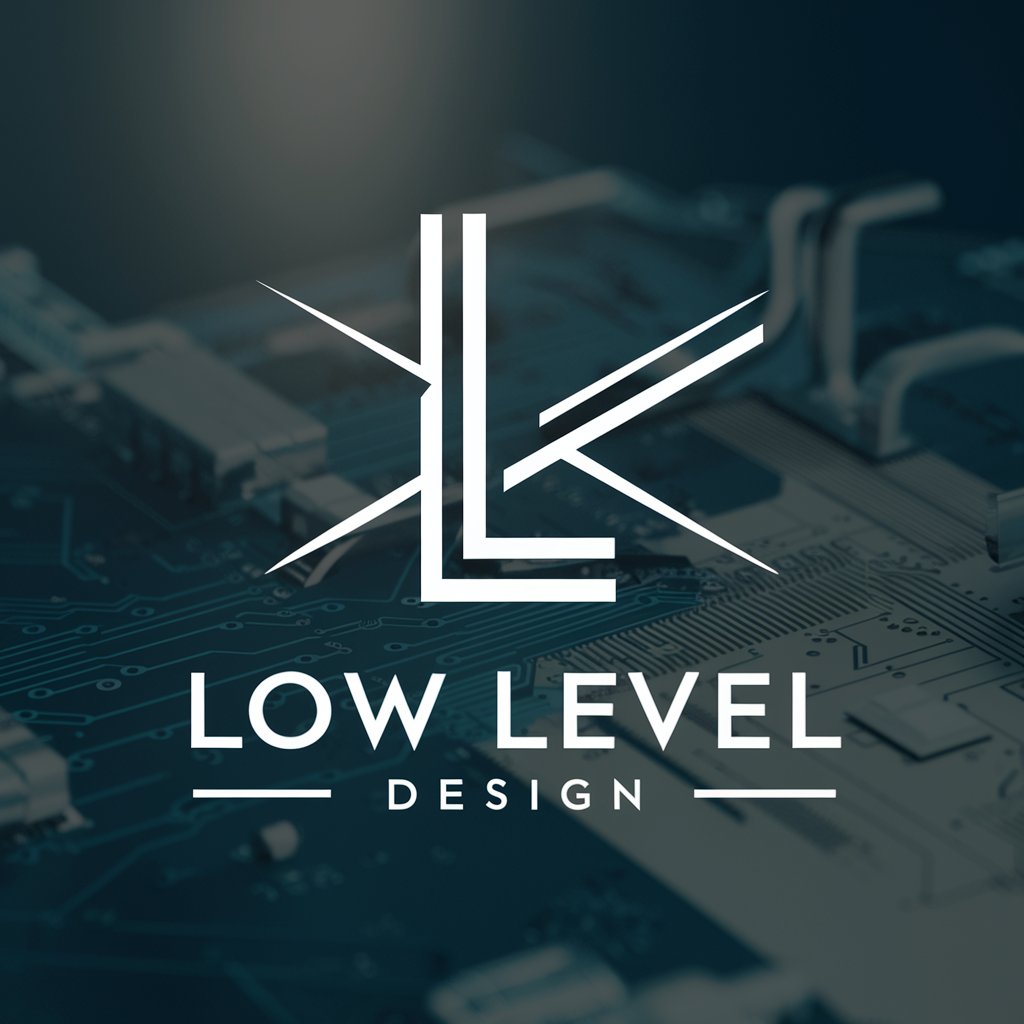
Hello! Let's dive into software design together.
AI-powered design simplification
Explain the architecture of a microservices-based e-commerce platform...
Describe the design considerations for a scalable chat application...
Provide a low-level design for an online booking system...
Outline the steps to design a resilient distributed database system...
Get Embed Code
Introduction to Low Level Design (LLD)
Low Level Design (LLD) is a phase in the software development process where the system design is broken down into smaller, manageable and implementable components. It involves the detailed design of modules and features of the system including algorithms, data structures, and detailed specifications for each component. The purpose of LLD is to provide a step-by-step description of how each requirement is going to be implemented, down to the very code level. Examples include database schema design, class diagrams with method definitions, and detailed sequence diagrams for operations. For instance, in the development of an online shopping platform, LLD would entail defining database schemas for users, products, and orders, designing the class structure for handling shopping cart operations, and laying out the sequence of actions that occur when a user places an order. Powered by ChatGPT-4o。

Main Functions of Low Level Design
Detailed Component Design
Example
Creating a class diagram for a user authentication system.
Scenario
In a banking application, LLD would detail how the authentication module stores data, validates user credentials, and manages sessions.
Data Flow and Control Flow Design
Example
Developing sequence diagrams for data processing.
Scenario
For a data analytics dashboard, LLD would specify how data flows from databases to backend services, and then to the frontend for visualization.
Interface Design and Integration
Example
Defining API endpoints and data formats for microservices communication.
Scenario
In a microservices architecture for an e-commerce site, LLD would define how the Order Management Service interacts with the Payment Service and the Inventory Service.
Error Handling and Resource Management
Example
Specifying exception handling mechanisms and resource cleanup routines.
Scenario
For a file upload service, LLD would detail how the system handles failed uploads, manages temporary files, and ensures data consistency.
Ideal Users of Low Level Design Services
Software Developers
Developers use LLD to understand exactly how to implement features and components within a system, ensuring that code adheres to specified requirements and design patterns.
System Architects
Architects use LLD to communicate detailed system designs and algorithms to the development team, helping to bridge the gap between high-level concepts and code-level implementation.
Quality Assurance Engineers
QA engineers rely on LLD for creating detailed test plans and cases. Understanding the system at a low level allows them to identify potential failure points and validate functional behavior.
Project Managers
Project managers use LLD to break down development tasks into smaller, estimable units, facilitating more accurate planning and tracking of software projects.

How to Use Low Level Design
Initiate Trial
Start by exploring Low Level Design at yeschat.ai, where you can try the tool for free without needing to log in or subscribe to ChatGPT Plus.
Understand the Basics
Familiarize yourself with the fundamentals of low level design principles, including data structures, algorithms, and design patterns, to make the most out of the tool.
Identify Your Needs
Determine the specific problem or project you need help with. This could range from designing a database schema to implementing a specific algorithm.
Apply LLD Concepts
Utilize the tool to generate diagrams, code snippets, and detailed explanations for your design, ensuring it meets the requirements of your project.
Iterate and Improve
Review the designs and outputs provided by the tool. Use them as a base to iterate, refine, and enhance your project's low level design.
Try other advanced and practical GPTs
Low Equity Home
Envisioning Hope in Every Home

Sentence Structure Bot - CE 101
Craft Your Words with AI Precision
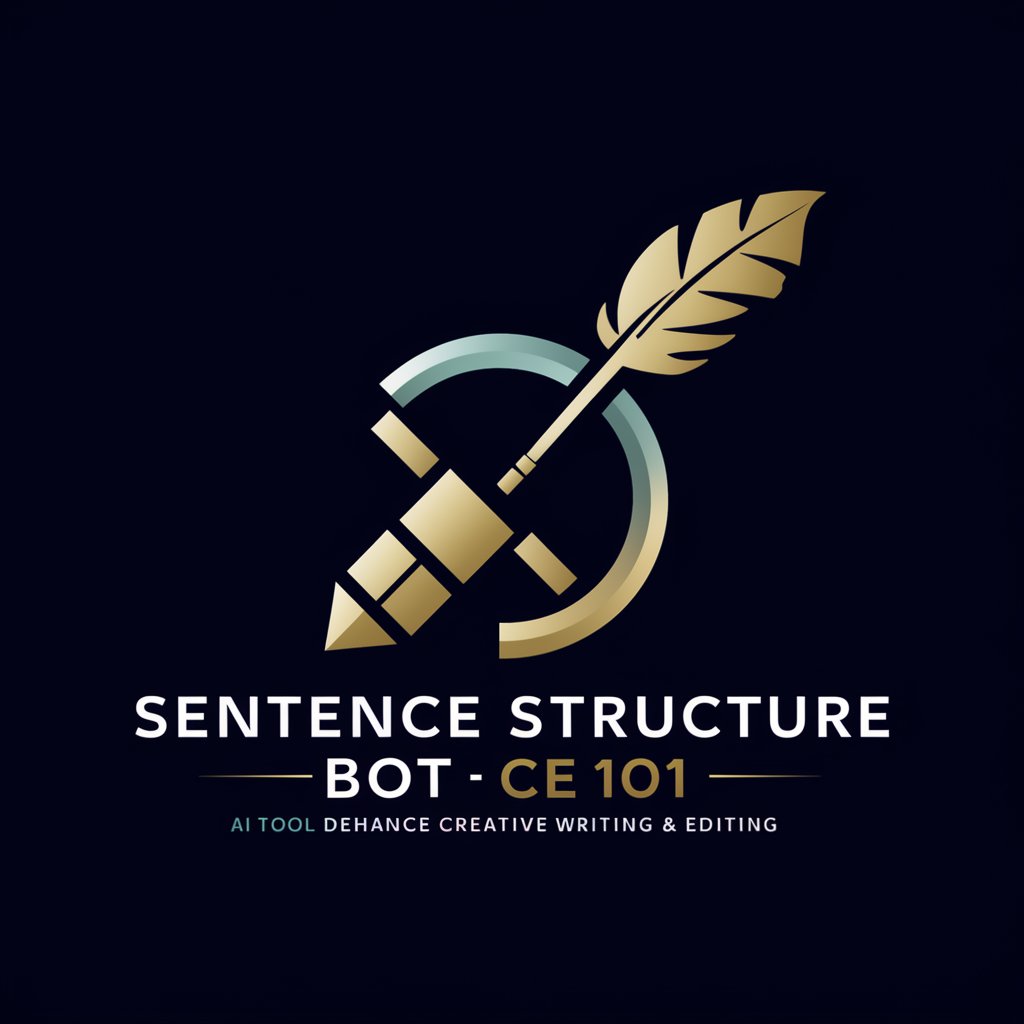
Data Structure Tutor
Demystifying data structures with AI.
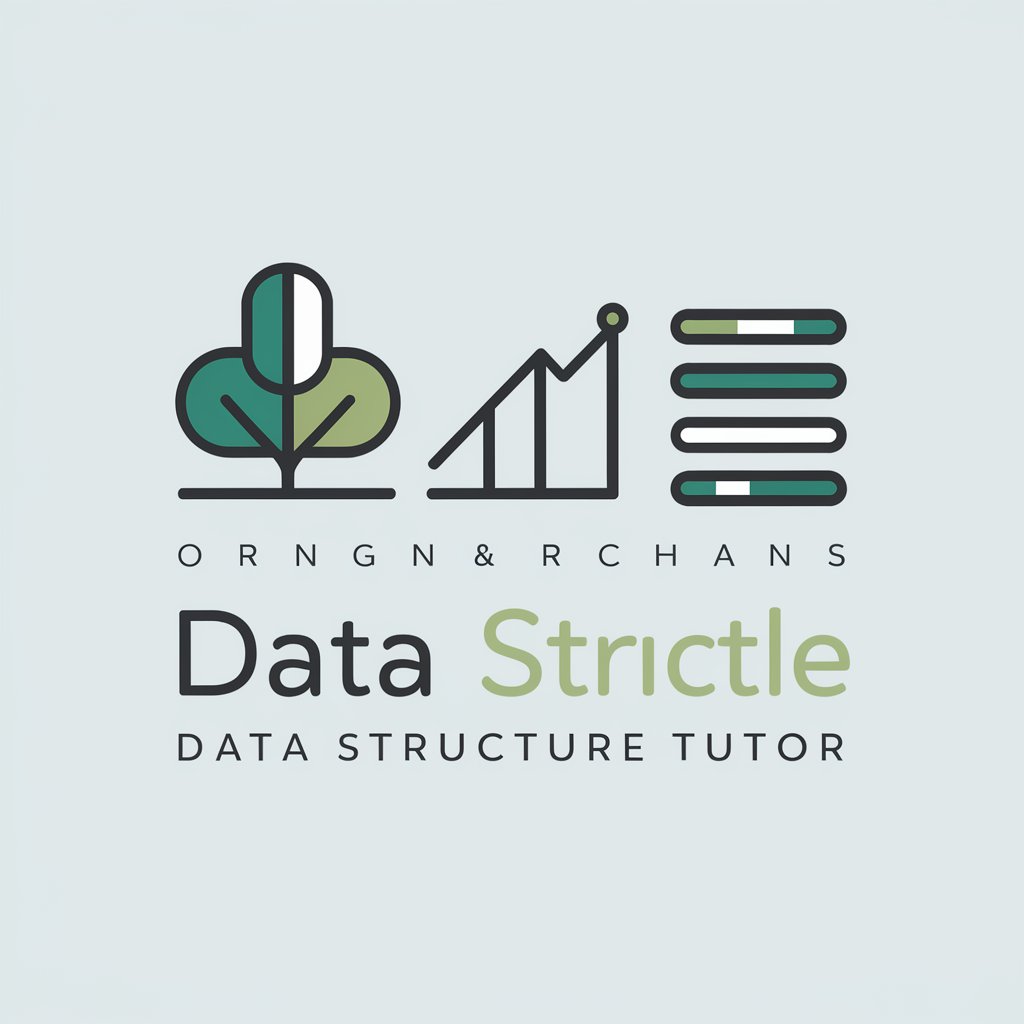
Data Structure Guide
Master Data Structures with AI
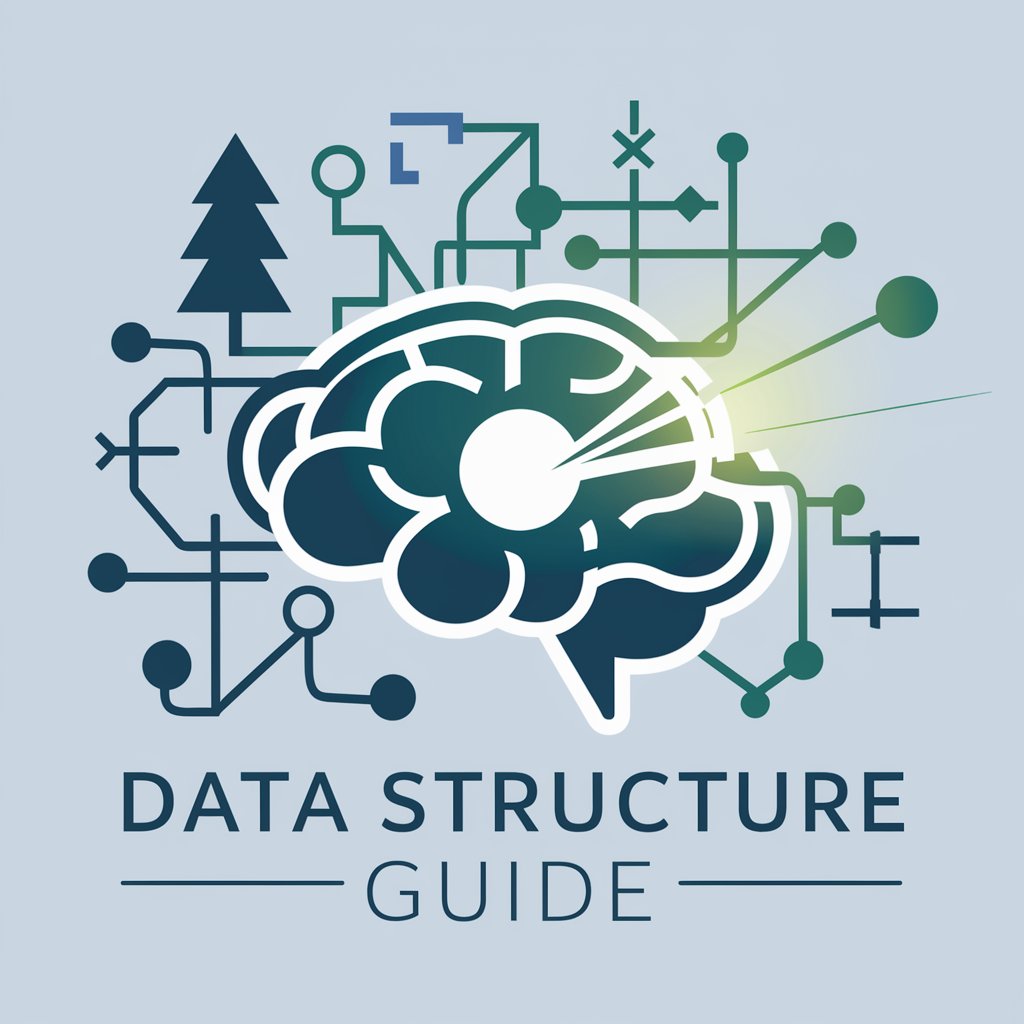
Marketing Structure
Craft Your Strategy with AI Insight

Code Structure Sage
Optimize projects with AI-powered structuring.
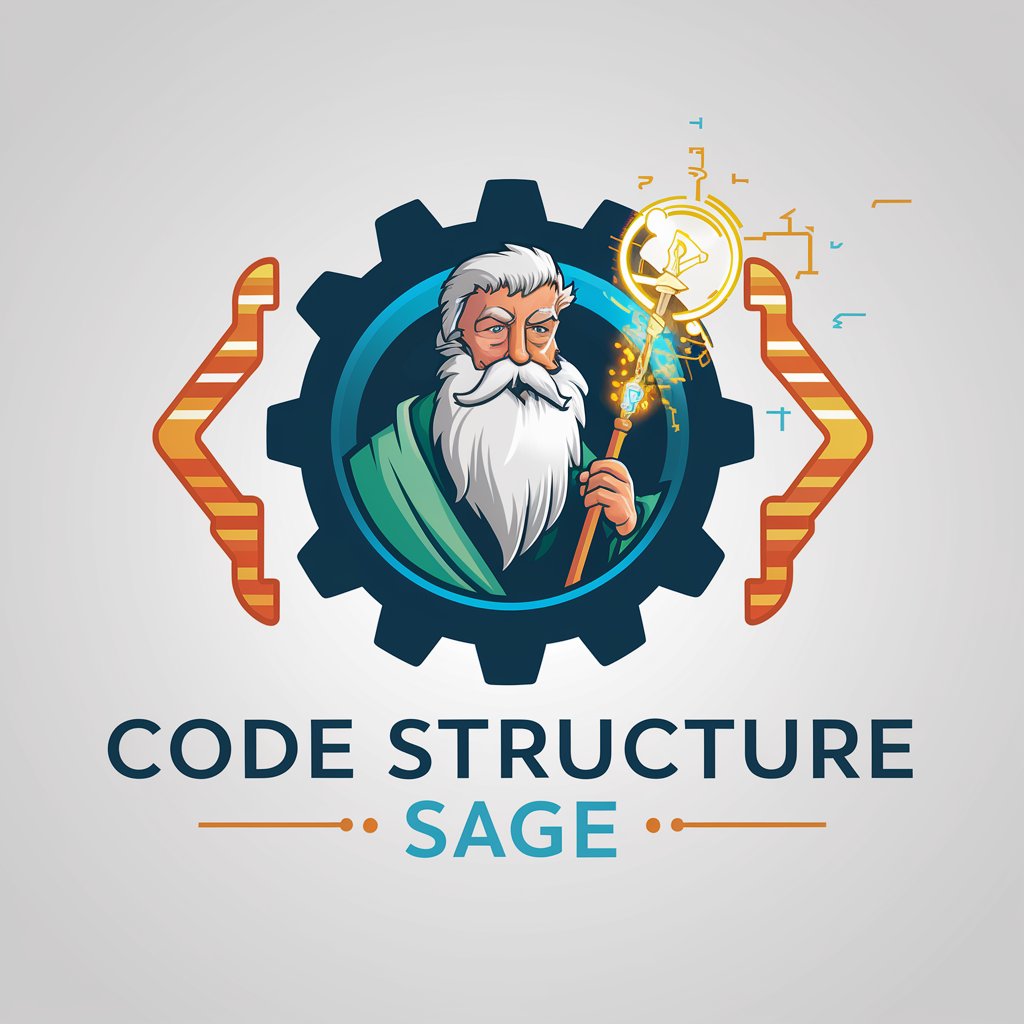
Angry Cop
Master interrogation tactics with AI

The Angry Bald Man
Unapologetic AI-powered roasting.

Angry Racer
Conversations at breakneck speed.

Angry Roommate
Resolve Roommate Conflicts with AI

Boss Angry
Navigate challenging conversations with AI.

12 Angry Agents
Harness collective AI intelligence for decision-making.

Low Level Design Q&A
What is Low Level Design?
Low Level Design (LLD) focuses on the implementation details of system components. It involves the detailed design of modules and their interfaces, data flow, and algorithms, ensuring they adhere to specified requirements.
How does Low Level Design benefit software development?
LLD provides a blueprint for developers, detailing how components interact and process data. It ensures code consistency, simplifies integration, and reduces errors by defining clear specifications and boundaries for each part of the system.
Can Low Level Design assist in database schema design?
Yes, it can help in designing database schemas by providing detailed models that represent the database structure, relationships between data, and constraints, facilitating efficient data storage and retrieval.
Is Low Level Design suitable for beginners?
While LLD requires understanding of basic programming concepts, the tool is designed to assist users at all levels, including beginners, by breaking down complex design principles into manageable parts.
How does Low Level Design integrate with existing software projects?
It offers guidance and templates that can be tailored to fit into existing projects, helping to refine and optimize design aspects, improve scalability, and enhance performance and maintainability.